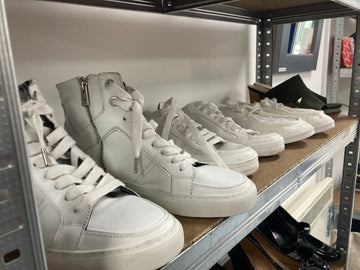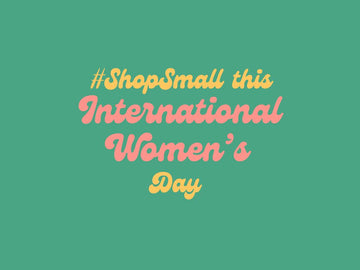Carbon Capture Aprons and Clothing - How What We Wear Can Help Fight Climate Change
We were amazed to discover that technology is being developed so that clothes can capture and store carbon.
This is what is happening in Stockholm, Sweden at a restaurant where each apron can help absorb greenhouses gases at around the third of the amount that one tree can capture in a day.
Can Carbon Capture Clothing Solve the Climate Crisis?
How the Carbon Capture Aprons Work
Staff at the restaurant don aprons which have been specially designed to absorb greenhouse gases. It works by using a chemical process which treats the cotton fibres of the apron in an 'amine-containing solution'. This causes the apron to pull in the CO2 particles and trap them on its surface.
There is of course a limit to these aprons. So at the end of each day they are taken to the on-site greenhouse and heated to 30-40c. This releases the CO2 into the air (but trapped in the greenhouse) and helps to feed the plants as part of the photosynthesis process.
At the moment this is still a token gesture compared to the shocking amounts of carbon emissions released every day. Every 8 seconds around 8,968 metric tons of CO2 are released worldwide due to burning fossil fuels. So is it realistic to expect our clothes to fix the climate crisis?

Carbon Capture Fashion and Fashion Made from Carbon
This isn't the first time someone has tried to turn clothes into carbon capturing machines. We've seen this story around back in December 2021 with a big fashion retailer.
Zara worked with a biotech developer called LanzaTech to turn carbon emissions into textiles to make clothes. CO2 is captured, then recycled into a special kind of ethanol which is then converted into another substance called low carbon monoethylene glycol (MEG). But there's still one more step which is converting MEG into low carbon polyester yarn. Then you can finally make clothes with it.
But the final product still only contains only up to 20% of the recycled carbon emissions material. So again, this is really a token gesture.
Covalent is another example of an attempt at making a carbon negative or carbon capturing product. They use 'AirCarbon' which is similar to the other technologies in this article where materials are made using some kind of recycled carbon emissions. This 'AirCarbon' (literally carbon extracted from the air) is then formed into goods like faux leather laptop and phone sleeves as well as bags and sunglasses.
They've calculated the overall carbon impact of each of their products. You can click on a pair of their sunglasses and it tells you how much CO2 has been 'diverted from the air' (cool!). On the pair of sunglasses we looked at, the amount was about 2kg. Okay, great, but the average person in the UK generates about 12.7 tonnes of CO2 emissions per year. This product was made from about 78% of 'Air Carbon', which is better than some other examples of recycled apparel.
Fashion Industry and Climate Change: How Clothes Really can Help in the Climate Emergency

Why Carbon Capture is Important to Some Degree
Technology will play some role in helping us in this climate crisis. It's great to see different ways of either using carbon to make goods or using developing goods that absorb carbon. At the moment these carbon capture clothes are not scalable. They're not meant to be. But they show what is possible in terms of carbon capture technology. However it's still not going to be enough. We're overlooking the 'simple' things like eating less meat, flying less and buying less new things and focus on preserving our natural carbon stores like our forests, bogs, seagrass!
Maybe we don't need carbon negative clothing. Maybe we just need to shop second hand when we need to buy something. If we do that in a local, sustainable way, by walking or using public transport, then the impact of picking up a new to you T-Shirt is negligible.




